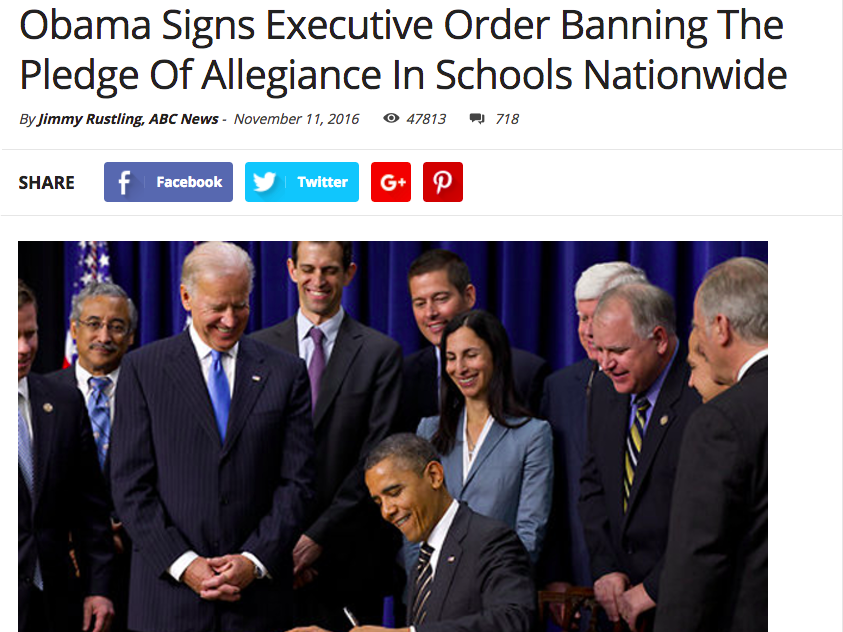By Jordan Jenkins
Within contemporary political discourse in the United States, it is increasingly hard to get people from opposite sides of the political spectrum to agree on much, except — of course — that contemporary political discourse in the United States is currently strained, to say the least. The current situation is probably best described by AP Literature teacher and newspaper sponsor Mrs. Houvouras, who jokingly said that in America, “we all agree that we suck at agreeing.” This reality is reflected in data, as well, with an October 2017 report published by the Pew Research Center finding a growing gap between the political positions of those identifying as Republicans and those identifying as Democrats. Fittingly, our knack for great disagreement extends to our discussions about the source of our great disagreement, with completely divergent theories being offered along political lines. Some may offer that it is the work of omnipresent liberal billionaire George Soros funneling money to create faux opposition, while others would say it is the work of an army of Russian trolls dead set on dividing America from the inside. When taken down to its basics, however, we can see that much of this division comes as a result of a widening information gap between political affiliations and the decline of objective and shared truth.
“Fake news” has a lot to do with this growing divide and factual decline, although the term “fake news” has become so incredibly politically loaded after being co-opted by now-President Donald Trump in his 2016 campaign to dismiss unfavorable depictions and criticism of him, to the point that it refers to two completely distinct types of occurrences.
There is literal “fake news,” with which stories with little to no factual basis are created and shared within political circles through social media sites like Facebook. For example, a story titled “Pope Francis Shocks World, Endorses Donald Trump for President” was seen and shared by hundreds of thousands of people on Facebook in the lead up to the 2016 presidential election, and was entirely fake. Often  times, these stories come from sources that use sensationalist headlines that pander to certain audiences to attract clicks and receive ad revenue.
times, these stories come from sources that use sensationalist headlines that pander to certain audiences to attract clicks and receive ad revenue.
Mrs. Brown, an AP Language teacher and debate coach here at Apopka High School, has experienced this type of “fake news” firsthand via interactions with friends and family members on the factual wasteland that is Facebook. “I feel like I constantly need to reteach people the actual facts. I think that they are so certain that just because it has a picture and words under it that somehow it’s true,” she said. She frequently gets into arguments on the platform with colleagues sharing false news and continues to find that facts can be ineffective in the face of political narratives, saying, “If I try to tell them something different — like if I say Snopes [a website that fact-checks political stories and claims] says otherwise — I get, ‘Oh, Snopes is owned by George Soros.’” She often shares her experiences with her students to stress the need to determine credible sources and identify logical fallacies.
There is also the more presidential use of the term “fake news,” which references perceived bias in mainstream news media rather than outright false material. For example, an article was published by CNN in June of 2017 in which was made inaccurate claims regarding an associate of President Trump and the Russia investigation. It was quickly retracted after the information was refuted. The mistakes still resulted in the firing of three journalists after they were heavily criticized. This usage of the term is trickier, as it often equates failures or mistakes in media with stories actually made with no regards for integrity or truthfulness. Furthermore, it has largely been used by certain people in politics and the public sphere to conflate legitimate criticisms of media coverage with criticisms that aren’t, the intended goal being to delegitimize the media to a degree that anything reported can be dismissed as fake if a person dislikes it.
Mr. Kelly, an English II teacher, says that “fake news” has a lot to do with journalistic standards, saying, “As far as I understand fake news, fake news tends to be not only news produced by sources with certain ideological ties, but also sources that don’t follow a certain ethic.” He is also of the belief that “fake news” is often so effective because it often is based upon some degree of truth. “Fake news is not altogether fake. Often times, the biggest lies, especially those peddled for political purposes…tend to always be based on, no matter how subtle, some element of truth.”
It seems the clearest solution to “fake news” and our larger political predicament is to reestablish a basis of common fact within our political discussions on which most people agree, which both Mrs. Brown and Mr. Kelly view as essential. “It’s not necessarily easy to get to objective truth, and even institutions that peddle in objective truth, they always make mistakes, too. Not everything is 100% reliable,” Mr. Kelly said in regards to the nature of truth within our society. Still, he says that “It is important that you have people who are trained and institutions that are reputable to where they can get close enough to that truth.”
If we wish to see the giant political chasm that has effectively split America lessen, looking at our news it probably a good place to start.
